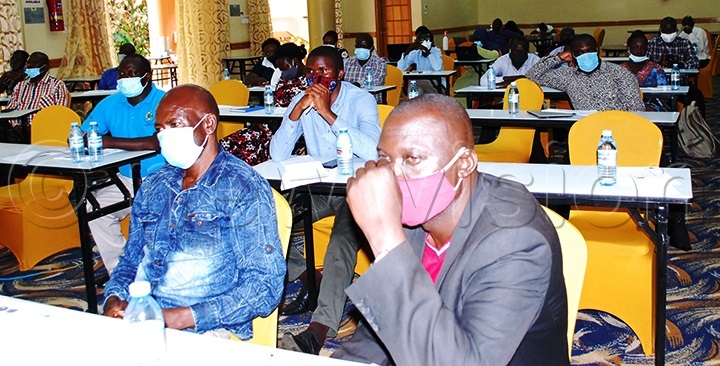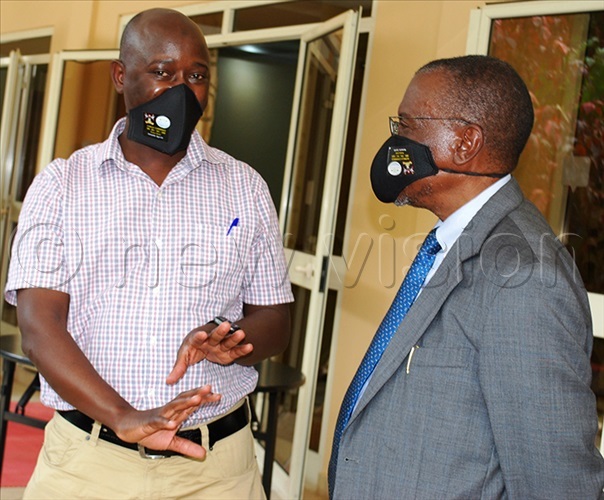MUK formulates climate change manual
Dec 28, 2020
He said that at the moment, they can receive information before it happens as they are able to know whether there will be rain in the next four months or drought, which helps people to adjust accordingly.

MUK formulates climate change manual

Agnes Nantambi
Journalist @New Vision
Makerere University has formulated a climate change manual for extension and development workers for Eastern Uganda.
The manual is about using predictive models on climate change to guide people during planning processes so that they can know when and what should be expected in a given period of time.
It is part of the benefits of the five years NORAD funded Project titled "Regional Capacity Building for Sustainable Natural Resource Management and Agricultural Productivity under Climate Change (CAPSNAC) implemented between Makerere Universities, University of Addis Ababa (Ethiopia), University of Juba (Southern Sudan) and the Norwegian University of Life Sciences (Norway)
CAPSNAC project was aimed at strengthening the capacity of universities to address issues to do with climate change, environment and natural resource management.
According to the principal investigator of the project, Prof. Samuel Kyamanywa, the manual is giving guidance on what possible steps that should be taken in order to adapt to the changing environmental condition in terms of the crops to be grown and what possible planning should be undertaken.
Speaking during the dissemination of the different research findings of the project at Mbale Resort, Prof. Kyamanywa said that the manual is the first of its kind in Uganda, which is able to show that within the next 30 years the climate in a given area will be this and therefore you need to take this kind of action.
"We are happy about the product because it will help in guiding the policymakers, "he said.
He revealed that the current predictive models indicate that floods are going to increase tremendously in Eastern Uganda particularly Soroti area.

Some of the participants who attended the dissemination
Kyamanywa observed that the people in Eastern Uganda have been suffering especially those in planning, because they have been seeing floods without knowing what to do.
"They would see these calamities but would just look on as they unfold and say there was no evidence.
We are providing evidence that actually change is going to happen, both in terms of temperature, humidity and rainfall, "he emphasized.
He explained that previously they were predicting for larger areas like the whole of Uganda and the whole of East Africa but he said this is the first time they are zeroing onto particular districts.
"We have validated the information with people from various districts and they have seen that whatever we have been telling them is happening.
This manual is also showing the extent to which the environment has been degraded, "he said.
The Mbale Resident District Commissioner, Ogajo Barasa while officiating during the dissemination applauded Makerere University College of Agriculture and Environmental Sciences through the CAPSNAC Project for ensuring that people can adapt to climate change and act accordingly.

Dr Bamutaze speak with the Principal Investigator CAPSNAC Prof. Kyamanywa
He said that at the moment, they can receive information before it happens as they are able to know whether there will be rain in the next four months or drought, which helps people to adjust accordingly.
"This helps us to know that in the next three months, we cannot be able to make such a decision and act in such away, "he said
The environmental officer Butalejja District Paul Wandela said the endless rains have increased the wetlands since 2017.

No Comment